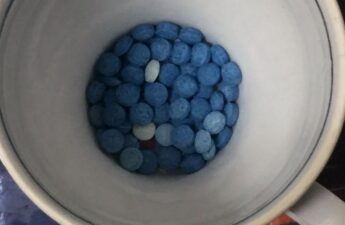Did you take your buprenorphine? App monitors use

A small pilot study showed that patients were largely satisfied with a mobile application that enabled them to upload videos of themselves taking buprenorphine, a medication used to treat opioid-use disorder.
In the study, 14 patients on buprenorphine were asked to use the app for four weeks. The results, just published in the Journal of Addiction Medicine, found that 93 percent of participants (all but one) were able to use the app successfully to confirm that the majority of their daily buprenorphine doses were taken.
“The most important message here is that patients can do this,” said senior author Judith Tsui, an addiction specialist at UW Medicine in Seattle and an associate professor of medicine at the University of Washington School of Medicine. “This is an innovative model of care that provides additional structure similar to methadone treatment.”
Methadone is another medication used to treat opioid-use disorder, but requires patients to come in to clinics for daily observed therapy. In contrast, buprenorphine can be prescribed by providers in office-based settings and dispensed by pharmacies, similar to any other medication.
“We were encouraged in that the majority of patients were ‘satisfied’ or ‘highly satisfied’ with the app,” said Tsui.
In open-ended feedback, some patients in the study said they liked the accountability and structure of the app, while others said they felt uncomfortable submitting the videos, or didn’t like the time it took to upload videos of the full ingestion period.
An estimated 80 percent of people who need treatment for opioid-use disorder do not receive it, equating to around 1.7 million people, according to results from the 2016 National Survey on Drug Use and Health.
Tsui says the next phase of the study will require shorter videos of partial ingestion, and will enroll up to 80 patients at two sites in Seattle and Boston.
Patients will be randomly assigned to the app, in order to determine whether it increases the likelihood of success in their buprenorphine treatment.
The app was created by a company called emocha, a mobile health company based in Baltimore that seeks to improve medication adherence through video technology and engagement.
The technology has also been applied to the treatment of other chronic and infectious diseases such as tuberculosis, diabetes, and hepatitis C.

